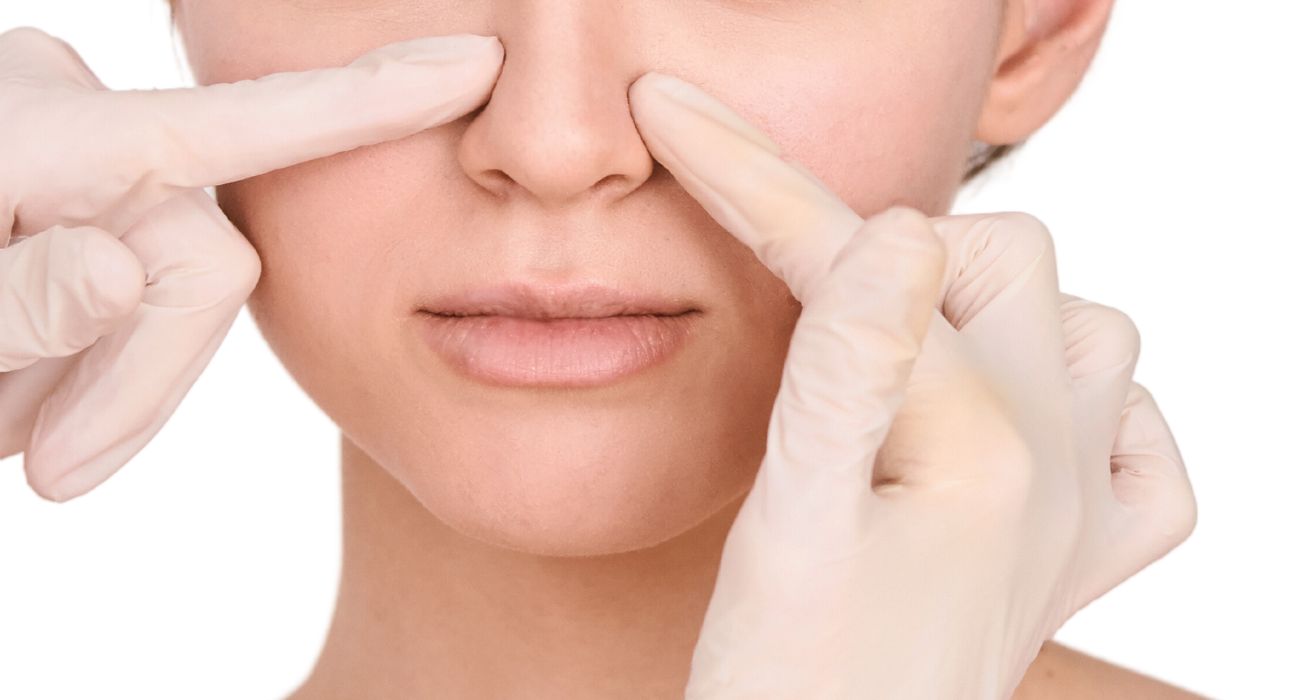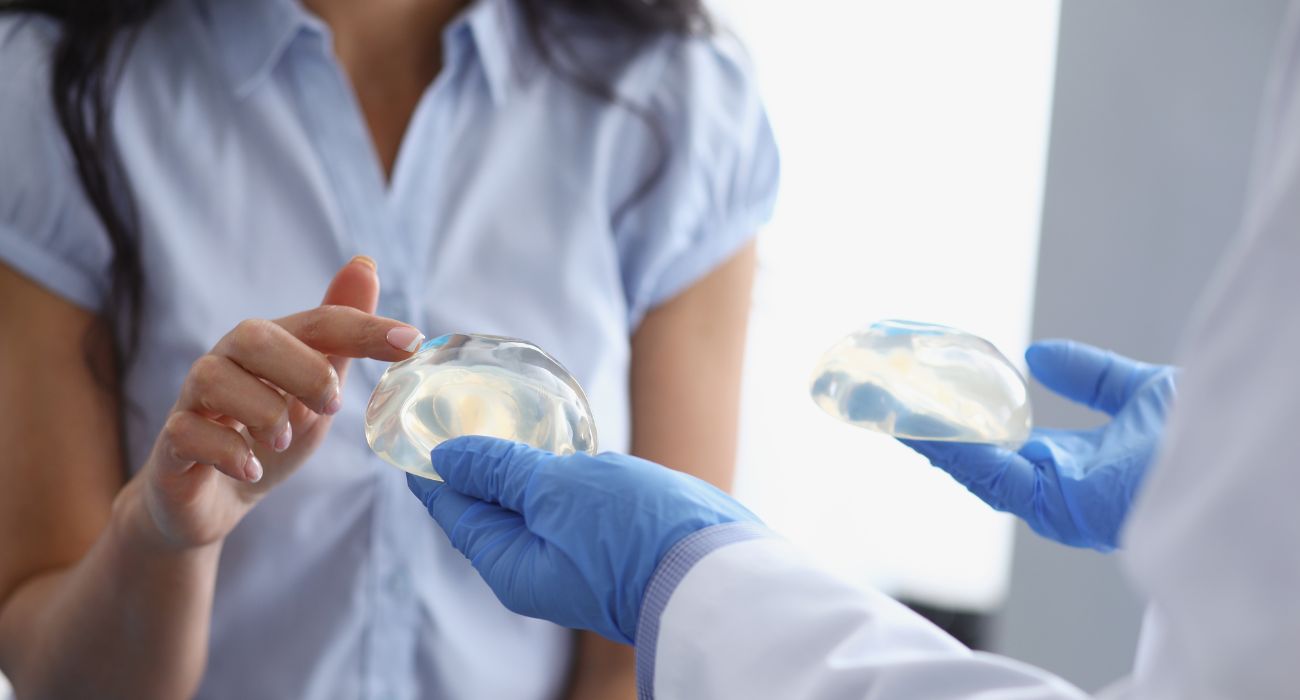Gynecomastia, more commonly known as ‘man boobs,’ is a health condition that causes over development of breast tissue in males. While many men do not experience any symptoms, some may feel pain and tenderness or notice their nipples are increasingly sensitive to clothing.
Although it is not typically a serious medical concern, gynecomastia can have a significant impact on a man’s self-esteem and quality of life. As a result, many men suffering from this condition try to opt for home remedies, exercise, and diet to ‘cure’ themselves of the condition without knowing the reason causing it.
There are many myths and misconceptions surrounding this condition, which can lead to confusion and anxiety for those affected. In this article, Dr. Anjali Saple, a Board-certified plastic surgeon will debunk some of the most common myths about gynecomastia and provide accurate information to help men make informed decisions about their treatment options.
Beyond Exercise and Diet: Why Home Remedies Don’t Work for Gynecomastia
Home remedies and exercise are often sought after by individuals looking to address gynecomastia, but it’s essential to understand why these approaches may not be effective in curing the condition.
-
Nature of Gynecomastia: Gynecomastia is primarily characterized by the enlargement of glandular tissue in the male breast. This excess tissue is not solely a result of fat accumulation but involves glandular and fibrous components. Home remedies and exercise mainly target fat reduction, making them insufficient for addressing the glandular aspect of gynecomastia.
-
Hormonal Imbalance: Gynecomastia is often linked to hormonal imbalances, specifically an increase in estrogen relative to testosterone. This hormonal shift triggers the development of breast tissue in males. Home remedies and exercise may not effectively regulate or rebalance these hormonal levels, as they typically focus on general fitness and weight management.
-
Specificity of Treatment: Gynecomastia requires a targeted approach for both fat and glandular tissue removal. While exercise can contribute to overall fat reduction, it may not specifically target the breast area. Home remedies lack the precision needed to address the distinct composition of breast tissue and may not provide the desired results.
-
Limited Impact on Glandular Tissue: Glandular tissue in gynecomastia is often resistant to reduction through non-surgical means. Exercise and home remedies may not penetrate deep enough to affect this tissue, leading to persisting breast enlargement.
-
Potential for Delayed Treatment: Relying solely on home remedies or exercise can result in delayed treatment. Gynecomastia, if left untreated, may persist, causing prolonged physical and psychological discomfort.
-
Risk of Complications: Attempting to self-treat gynecomastia without professional guidance may lead to unintended complications. It’s crucial to address the condition under the supervision of a qualified healthcare professional.
-
Psychological Impact: Gynecomastia can significantly impact a person’s self-esteem and mental well-being. Delayed or ineffective treatment may prolong the psychological distress associated with the condition.
In contrast, surgical interventions, such as gynecomastia surgery, offer a more targeted and effective solution. Procedures like liposuction can address excess fat, while tissue excision surgery can remove glandular tissue. Consulting with a Board-Certified plastic surgeon ensures a comprehensive understanding of the individual’s condition and the most appropriate course of action.
Ultimately, while a healthy lifestyle that includes exercise and proper nutrition is essential for overall well-being, they may not suffice as standalone solutions for treating gynecomastia due to their unique physiological and hormonal characteristics. Seeking professional medical advice and considering surgical options remain crucial for achieving the desired outcomes in managing gynecomastia. Having said that, now let’s turn our discussion to the most prevailing myths about gynecomastia.
Unveiling the Truth: 5 Myths About Gynecomastia You Shouldn’t Believe
Myth #1: Weight Gain is Always the Culprit
While excess body fat can contribute to the development of gynecomastia, it is not the only cause. When men put on weight, it tends to accumulate in the waist, face, and neck areas. Therefore, an overall fat accumulation may look like enhanced breasts which may not be actual gynecomastia. This is pseudo-gynaecomastia.
Some causes of true gynecomastia are:
- Hormonal imbalances: Usually, all men produce some levels of estrogen to regulate other body functions. But they also produce high levels of testosterone, which stop the action of estrogen on the breast glands. An imbalance between these hormones can cause men to develop gynecomastia.
- Systemic conditions: Certain systemic conditions, such as kidney and liver diseases, can cause hormonal imbalances that lead to gynecomastia.
- Use of certain drugs and medication: Some men may develop gynecomastia as a result of using anabolic steroids or other performance-enhancing drugs.
It is important to address the underlying cause of gynecomastia in order to effectively treat the condition.
Myth #2: Age Defines Risk: Can Younger Men Get Gynecomastia?
Contrary to popular belief, gynecomastia can affect men of all ages, from infants to seniors.
While it is more common in older men, it can also occur during puberty, when hormonal fluctuations are common. Estrogen passing on from the mother to a newborn child via the placenta can cause gynecomastia in newborn male babies. Though in both cases, the gynecomastia is temporary and resolves within a few weeks. Additionally, certain medications, medical conditions, and lifestyle factors can increase the risk of developing gynecomastia at any age.
Myth #3: Natural Solutions Hold the Key: Exploring Treatment Options
Some people believe that gynecomastia can be cured with natural remedies like herbal supplements, exercise, or diet changes. However, there is no evidence to support the effectiveness of these methods in treating gynecomastia. In fact, attempting to treat gynecomastia with natural remedies may delay or prevent effective treatment and lead to further complications.
The only sure and effective way to treat gynecomastia is gynecomastia surgery. First, the surgeon will determine the cause of the gynecomastia. If the gynecomastia is due to the buildup of fat, liposuction will be performed. This procedure eliminates excess breast fat without affecting glandular tissue and does not often result in any major complications. However, if enlarged glands are causing the condition, then tissue excision surgery may be required. During this process, small incisions will be made for removing excessive breast glandular tissue, leading to a shorter recovery time.
The results of gynecomastia surgery are long-lasting and can help improve self-confidence in males suffering from gynecomastia.
Myth #4: All Surgeons Are Created Equal: Choosing the Right Expertise
Gynecomastia surgery is a delicate procedure that requires specialized skills and techniques. It is important to choose an experienced, Board-Certified plastic surgeon who has specific experience in performing gynecomastia surgery. A qualified surgeon will be able to assess the condition accurately and advise the best treatment option for the individual patient. Additionally, a qualified surgeon will have access to the latest technology and techniques to ensure optimal results from the surgery.
By debunking these common myths, we hope to provide clarity and help men affected by gynecomastia navigate their treatment options with confidence and peace of mind. Remember, gynecomastia is a common condition that can be effectively treated with the right approach, so don’t hesitate to seek help if you are experiencing symptoms.
Dr. Anjali Saple is one of the most experienced and qualified plastic surgeons in Visakhapatnam, India. She is Board-Certified plastic surgeon and has been performing gynecomastia surgery for many years. Dr. Saple is dedicated to providing quality care and achieving excellent results for her male patients suffering from gynecomastia. To learn more about gynecomastia surgery, please contact Dr. Saple for a consultation.

Gynecomastia before and after
Myth #5: Surgery is the Only Answer: Understanding Treatment Options
While gynecomastia surgery is often the most effective solution for moderate to severe cases, it’s not the only option for everyone. This myth can discourage men from seeking help for milder forms of gynecomastia, believing surgery is their only recourse.
Here’s a breakdown of some alternative approaches for those with less pronounced cases:
- Monitoring and Observation: In some cases, particularly for teenagers experiencing puberty-related gynecomastia, simply monitoring the condition may be sufficient. Often, hormonal fluctuations normalize within a few years, causing the breast tissue to regress on its own.
- Lifestyle Modifications: Maintaining a healthy weight through diet and exercise can be beneficial for managing gynecomastia caused by excess fat accumulation. Regular physical activity helps build muscle definition, potentially masking the appearance of enlarged breasts.
- Medication Adjustments: If certain medications are contributing to gynecomastia, consulting a doctor about alternative prescriptions or dosage adjustments could potentially alleviate the issue.
- Hormone therapy: In cases where hormonal imbalances are the primary cause, hormone therapy may be recommended to restore balance and potentially reduce breast tissue growth.
Seeking professional medical advice is crucial to determine the best course of action for your specific case. Don’t hesitate to discuss your concerns with a doctor to explore all available options and find the most suitable approach for managing your gynecomastia. It’s important to note that these alternative methods may not be as effective as surgery for all cases, and their success can vary depending on the underlying cause and severity of the condition. However, they offer valuable options for those who prefer a non-surgical approach or whose gynecomastia is milder and potentially temporary
By debunking these common myths, we hope to provide clarity and help men affected by gynecomastia navigate their treatment options with confidence and peace of mind. Remember, gynecomastia is a common condition that can be effectively treated with the right approach, so don’t hesitate to seek help if you are experiencing symptoms.
Dr. Anjali Saple is one of the most experienced and qualified plastic surgeons in Visakhapatnam, India. She is Board-Certified and has been performing gynecomastia surgery for many years. Dr. Saple is dedicated to providing quality care and achieving excellent results for her male patients suffering from gynecomastia. To learn more about gynecomastia surgery, please contact Dr. Saple for a consultation.





